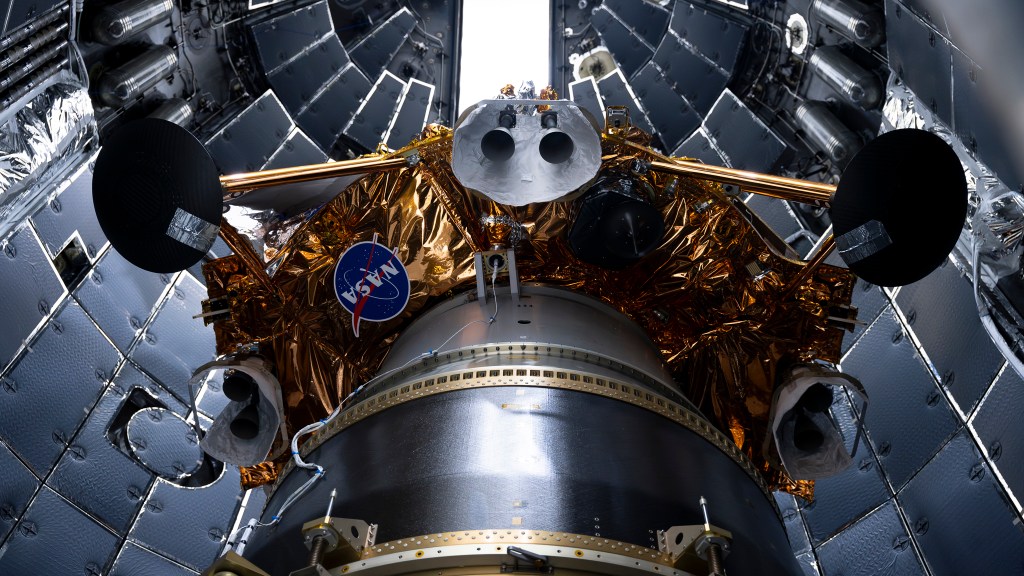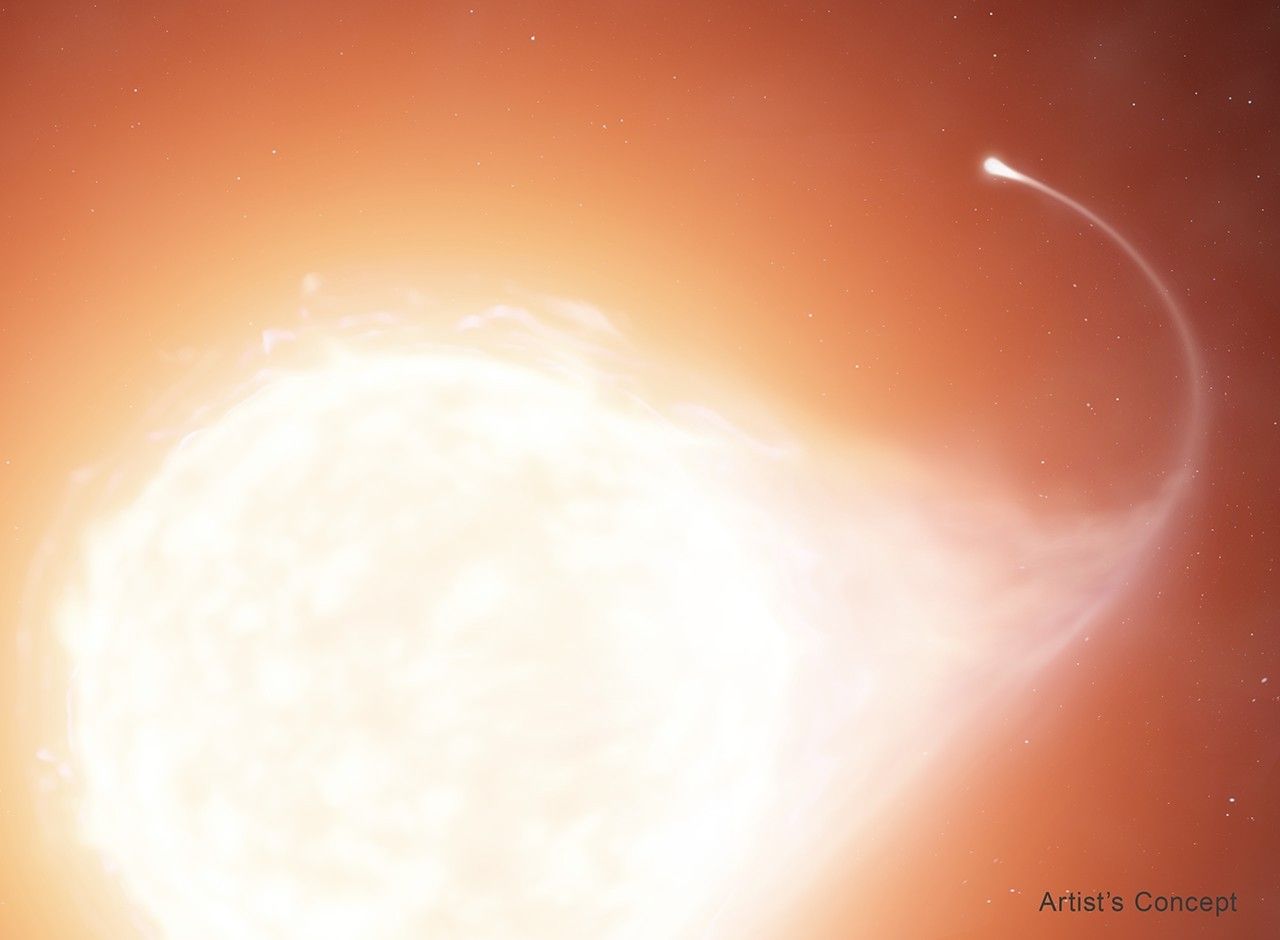Editor’s note: The Flight Opportunities payloads mentioned in this feature did not reach test conditions on the Dec. 12, 2020, SpaceShipTwo flight. The two technologies, as well as a space-based surgical system co-developed by researchers at the University of Louisville and Cornell University, flew aboard Virgin Galactic’s VSS Unity flight May 22, 2021.
Successful space and suborbital technology developments require ingenuity, understanding of mission and science needs, and testing. For many technologies matured with support from NASA’s Flight Opportunities program, the ability to undergo testing multiple times – and often on different types of commercial flight vehicles – adds the necessary rigor and refinement to advance these innovations.
During a flight window opening Dec. 11, 2020, evolved versions of two NASA-supported technologies that have flown previously through Flight Opportunities will be put to the test on Virgin Galactic’s SpaceShipTwo.
Taking off for the first time from New Mexico’s Spaceport America and expected to reach an altitude of more than 50 miles (80 kilometers), the rocket-powered suborbital space plane will expose the payloads to more than two minutes of microgravity, enabling researchers to assess performance and make necessary design updates based on the data collected.
One of the payloads aboard is an electromagnetic field measurement experiment from the Johns Hopkins Applied Physics Laboratory (APL). Previous flight tests led to the technology’s evolution into the JANUS platform, which provides suborbital researchers with vital information about the environmental conditions inside a spacecraft, while also adding to knowledge about the lower ionosphere encountered at suborbital flight altitudes and how it may impact the performance of spacecraft and the technologies aboard them.
Progressively refined versions of the system have flown on Masten’s Xodiac vertical takeoff and vertical landing system and Blue Origin’s New Shepard rocket-powered system, and the upcoming flight will be the second on SpaceShipTwo. The APL team is shaping JANUS into an integration platform for scientific research and suborbital instrument development, and adds to the technology’s environmental monitoring capabilities with each iterative flight. This progressive flight testing could eventually enable external suborbital environmental monitoring as well, by mounting the payload to the outside of a spacecraft.
“The access to these commercial flight vehicles through the Flight Opportunities program is truly game changing,” said H. Todd Smith, the JANUS principal investigator at APL. “This enables new phases of research and technology development with lower cost and repeatable testing. Without it, technologies that are highly relevant to suborbital flight research would be years behind where we are now.”
Also aboard SpaceShipTwo will be the Collisions into Dust Experiment (COLLIDE) from the University of Central Florida in Orlando. In addition to early tests aboard the space shuttle, the technology has flown on New Shepard, SpaceShipTwo, and parabolic flights. The experiment aims to advance our understanding of the behavior of dust and fine particles in response to human and robotic activities in space – on the Moon, Mars, and asteroids. It could also add to what scientists know about planet formation. Changes to the experiment setup since the last flight include improved stabilization of the payload and changes to the triggering of the experiment to maximize data collection in microgravity.
“We’re able to observe and learn more because of the ability to fly and then fly again,” said principal investigator Josh Colwell. “Our experiments on SpaceShipTwo are designed to help us learn more about the particular types of dust and particle collisions that previous flights showed us could be very interesting to study more closely – and to fix parts of our experiment that didn’t work the first time we tried them. So, the ability to make design changes and fly again is so crucial to gathering the data we need and hopefully increasing the science return on our work.”
About Flight Opportunities
The Flight Opportunities program is funded by NASA’s Space Technology Mission Directorate at the agency’s Headquarters in Washington, and managed at NASA’s Armstrong Flight Research Center in Edwards, California. NASA’s Ames Research Center in California’s Silicon Valley manages the solicitation and evaluation of technologies to be tested and demonstrated on commercial flight vehicles.






























